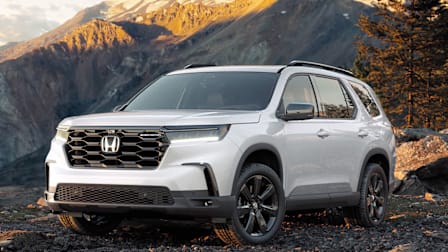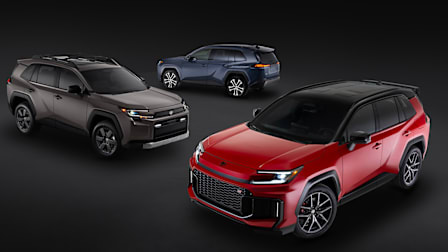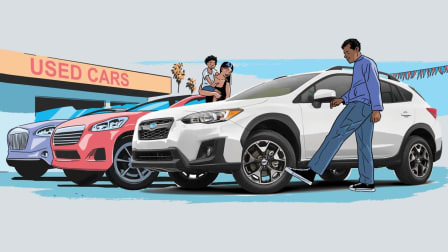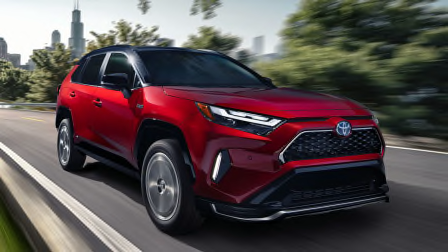First Drive: Volkswagen ID. Buzz Is Practical Nostalgia at a High Price
There’s nothing else like it on the road, but the intended audience is unclear

When we drive a new car for the first time, we put ourselves in the mindset of the intended buyer. That may be why our first experience driving the Volkswagen ID. Buzz left us a bit confused. The big, electric van is unlike any other vehicle you can buy, but we can’t quite figure out who it’s meant for.
In the past, Volkswagen intended the bus to be a vehicle for everyone. Microbus. T2. Vanagon. Eurovan. Whatever you called it, Volkswagen’s snub-nosed, bug-eyed vans were inexpensive, customizable, and easy to fix. As a result, they became a staple of American roads from the ‘50s through the early 2000s. Whether you camped in your Vanagon outside Grateful Dead concerts, have fond memories of childhood road trips to national parks in your family’s old bus, or really enjoyed “Little Miss Sunshine,” these big Volkswagens with tiny engines were as much a part of everyday 20th-century American life as V8-powered muscle cars.
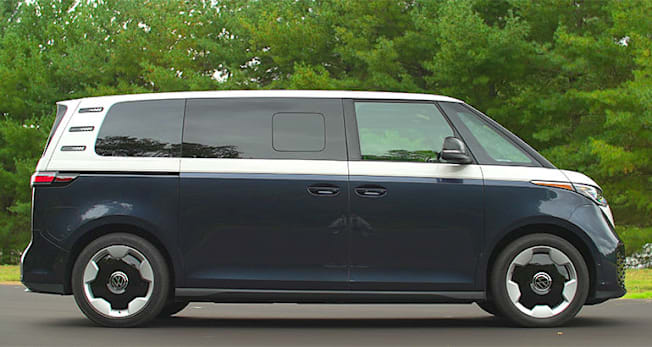
Photo: Darya Kovaliyk/Consumer Reports Photo: Darya Kovaliyk/Consumer Reports
That’s probably by design. The ID. Buzz is what people in the marketing world call a “halo” product. It’s too pricey or niche for most people to actually purchase, but it’s compelling enough to attract attention to a brand as a whole. In practice, that means most families heading to a Volkswagen dealership will drive home in a new Atlas or a Tiguan even if they post photos on Instagram of their kids posing in front of the ID. Buzz on the showroom floor.
But we’re not here to judge automakers’ business plans. We’re here to help you judge whether the ID. Buzz could fit your needs (or budget), which is why we plan to purchase an ID. Buzz of our own once it becomes available in dealerships. In the meantime, to get some initial impressions, we rented a midrange Pro S Plus AWD model directly from Volkswagen. CR members can read our initial thoughts below.
Once our Buzz arrives, we’ll drive it for 2,000 miles to make sure everything works properly. Then we’ll put it through more than 50 tests at the CR Auto Test Center, including empirical measurements of acceleration, braking, handling, child car seat fit, and usability. We’ll also measure its EV driving range. In the end, it will get an Overall Score based on our road test results, survey responses about brand reliability, and what safety features come standard. CR members will have access to the full road test results as soon as they’re available.
What we drove: 2025 Volkswagen ID. Buzz Pro S Plus AWD electric minivan
Powertrain: 335-hp, dual electric motors; 91-kWh battery; 1-speed direct drive; all-wheel drive
MSRP: $67,995
Options: AWD, premium audio, captain’s chairs, panoramic glass roof ($1,495), two-tone exterior ($995), Flexboard elevated cargo floor
Destination fee: $1,550
Total cost: $72,035

















